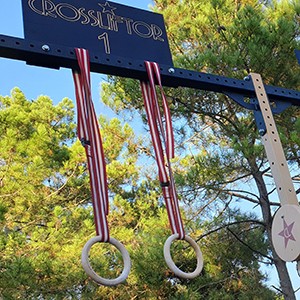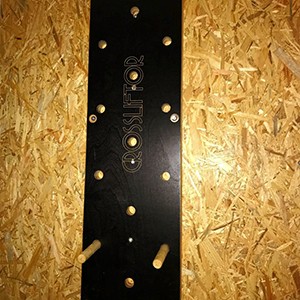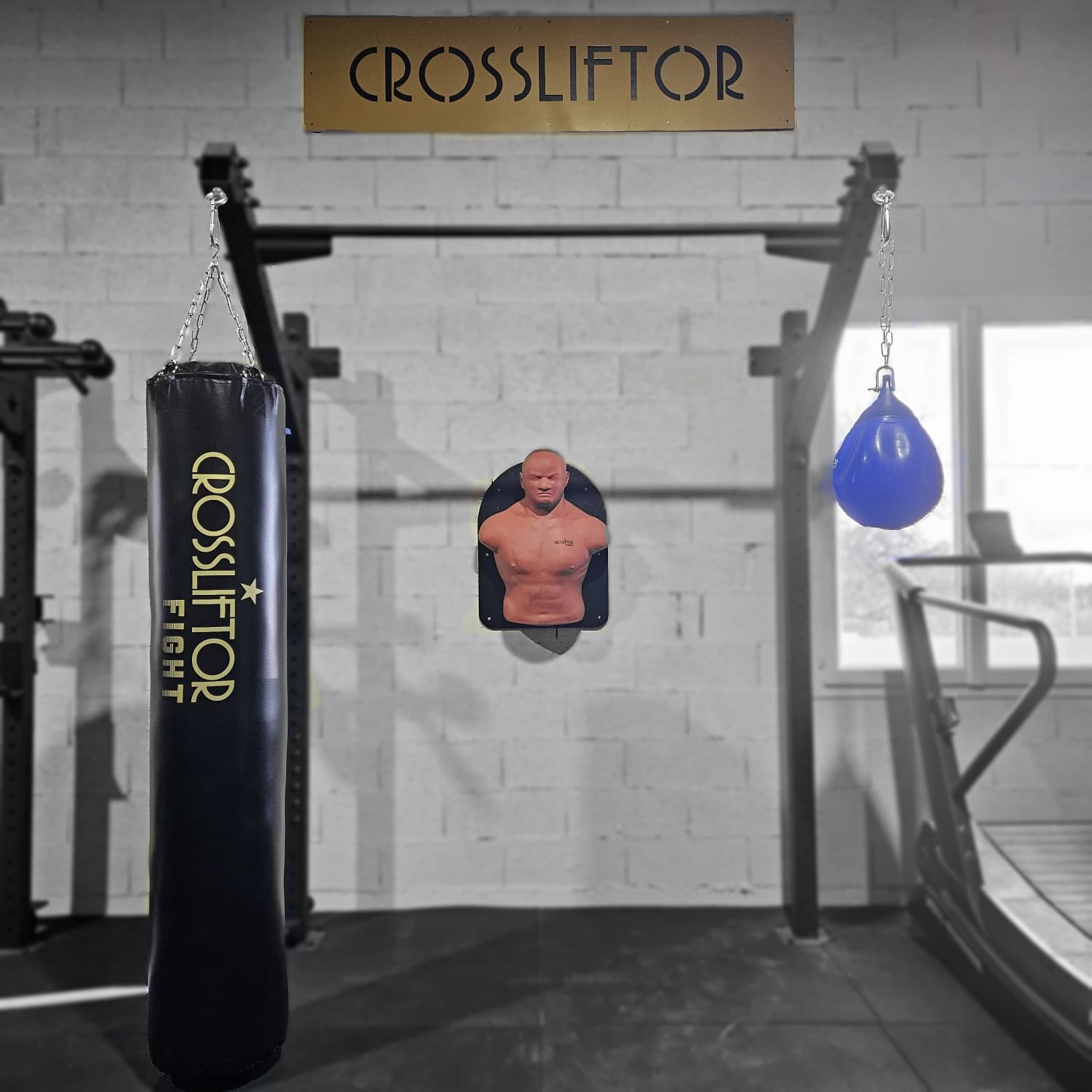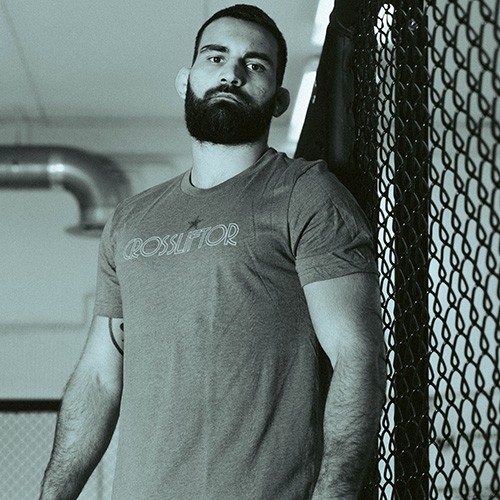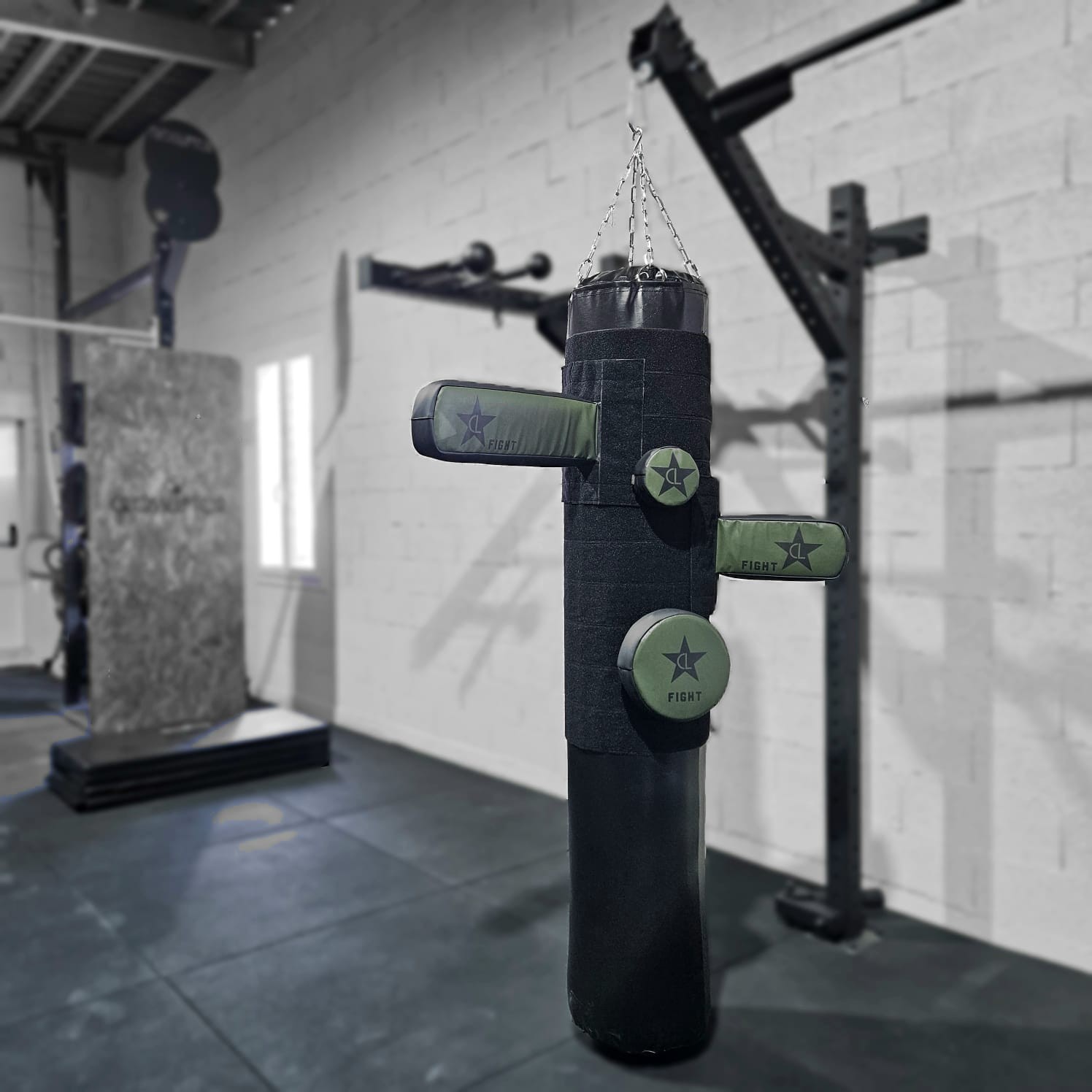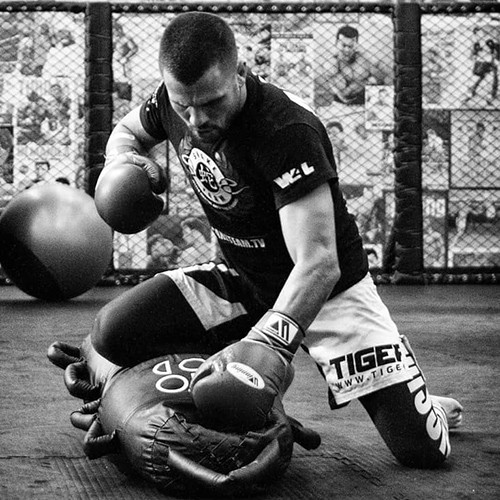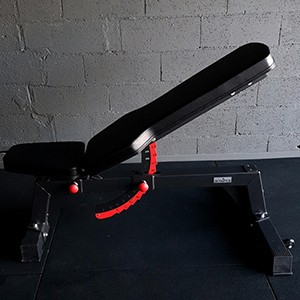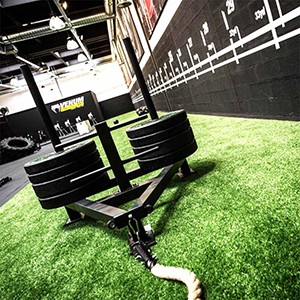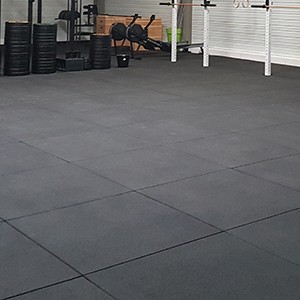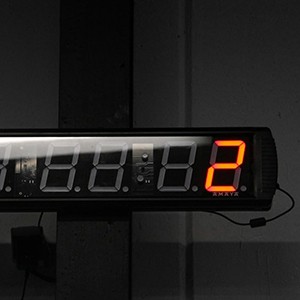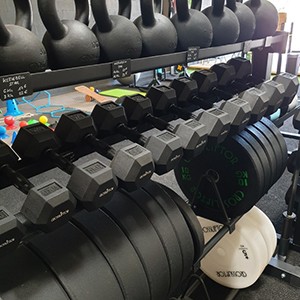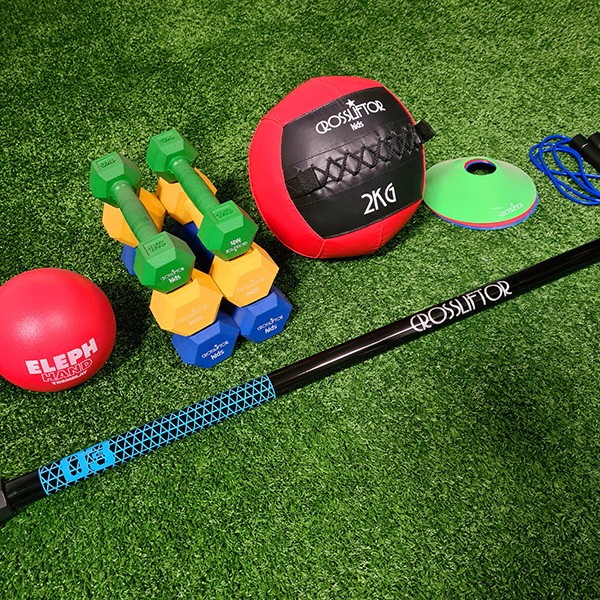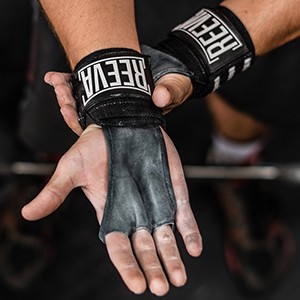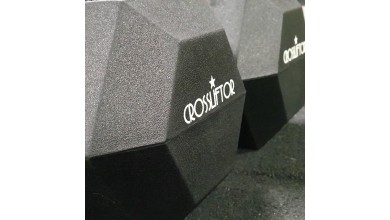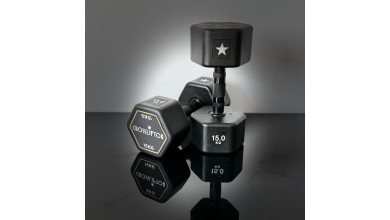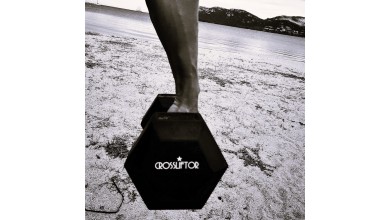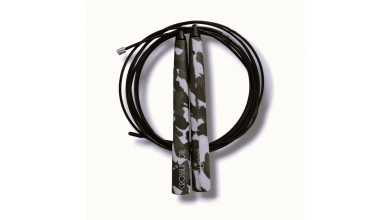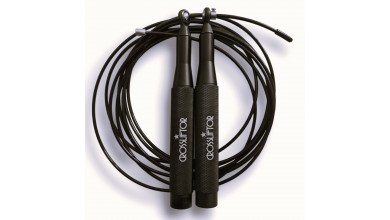The best shoulder exercises – with dumbbells - Crossliftor
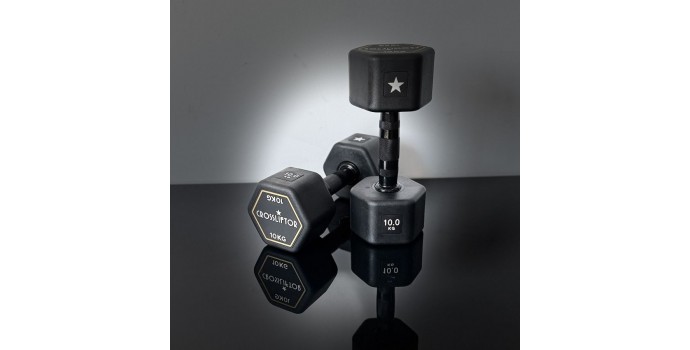
The shoulders are important muscles that must be trained to structure the upper body. Contrary to what you might think, you can perform many exercises with just a few dumbbells different weights to work this entire muscle group. We've put together this list of the best dumbbell shoulder exercises to help you get the most out of your workout.
The dumbbell military press
The dumbbell bush press, or military bench press, is a versatile exercise, as it works the shoulders as well as the triceps and core muscles. It can also be performed with a barbell. However, if you've had a shoulder injury ( ) and are returning to training, it's best to use dumbbells rather than a barbell.
1. Sit on an upright bench with your feet shoulder-width apart, anchored to the floor, and a dumbbell in each hand.
2. Flex in a controlled movement to raise the dumbbells to the starting position.
3. Orient your palms so that they face forward.
4. Take a deep breath, then push the dumbbells overhead by extending your arms, while contracting your deltoids.
5. Then slowly lower your arms back to the starting position.
It's also possible to do this exercise while standing, which will be more like a strict press. We recommend a seated position, as it avoids moving the torso too much, or helping yourself with a leg movement to gain momentum. The workout remains the same: just keep your torso upright and your legs slightly apart while seated on a bench.
Lateral raises
The lateral raise, or dumbbell lateral arise, is an exercise that involves lifting a pair of dumbbells alongside the body. It promotes development of the lateral deltoid muscles , located on the sides of the shoulder. This workout is therefore ideal for defining and broadening the shoulders through the process ofhypertrophy. Provided, of course, that you perform sets with a sufficient number of repetitions to target an adequate volume.
Lateral raises are one of the dumbbell shoulder exercises suitable for all athletes. However, it's essential to choose the right weight to limit the risk of injury. In fact, it's better to perform several repetitions in the correct position than to use a load that's too heavy. Alternatively, if you feel a burn, you can use a lighter pair of dumbbells to finish the session.
1. Choose a load suited to your abilities that will enable you to hold out for several repetitions and sets.
2. Stand with feet hip-width apart. Unlock your knees and hold yourself upright, opening your hips slightly forward.
3. Take the dumbbells and place them at your sides with your hands facing your legs.
4. Make sure your palms are facing slightly inwards. Arms should be straight with elbows slightly bent. This is the starting position for each repetition.
5. Gird your abdominal muscles and raise the dumbbells until each elbow is horizontal.
6. At the top of the movement, your hands should be facing the floor and you should feel tension.
7. Lower the dumbbells towards the legs in the same way as when lifting.
Dumbbell front raises
Frontal dumbbell raises target the anterior deltoid muscles at the front of the shoulders. This type of lift increases strength while defining the shoulders. They also involve the pectoral muscles to a lesser extent.
This exercise is ideally suited to beginners, as it gives a good feeling even with a light load.
1. Stand with feet shoulder-width apart, back straight.
2. Place dumbbells horizontally in front of thighs with palms facing back. Keep your abdominal muscles under tension.
3. Inhale and lift dumbbells upwards, stretching arms forward with hands facing the floor. Keep your elbows bent and pause when your arms are horizontal.
4. Return to the starting position at thigh level, exhaling and controlling the movement.
The bird exercise
The bird exercise targets the posterior deltoid muscles, located behind the shoulders. It can also involve the muscles of the upper back, such as the trapezius and rhomboid. The result is a harmonious development of the shoulders and improved posture.
1. Stand with feet shoulder-width apart. Bend your knees slightly and bend your body forward at the waist, keeping your back straight and parallel to the floor.
2. Reach down with hands facing each other.
3. From this starting position, slightly bend your elbows while keeping your arms straight. Lift dumbbells to the sides, until arms are parallel to the floor.
4. Hold the position, then lower your arms back to the starting position.
This exercise can also be performed seated. This variant of the shoulder dumbbell exercise is recommended if you feel tension in your lower back when performing this standing workout. Keep your torso upright and avoid concentrating your movements on the shoulder blade.
The shrug
The shrug targets the trapezius muscles in the upper back and neck. This exercise strengthens the upper back.
1. Stand with feet shoulder-width apart. Extend your arms towards the floor, palms facing away from your body. Keep your back straight, shoulders slightly back.
2. Lift your shoulders upwards as if you wanted them to touch your ears.
3. Contract the trapezius muscles as you hold the position, then lower back down to the starting position.
FAQ : How do I work my shoulders with dumbbells?
What are the different muscles?
The shoulder is made up of three muscle groups: the anterior deltoid, at the front of the shoulder; the middle deltoid, at the side of the shoulder; and the posterior deltoid, at the back of the shoulder.
Why include shoulder exercises in your program?
Introducing dumbbell shoulder exercises into your program is essential for even muscle development. It also helps to improve posture, prevent injury and stabilize shoulder joints, while improving strength and athletic performance.
How can I broaden my shoulders?
You can broaden your shoulders with a number of exercises, such as the bird, lateral raise, military press, vertical pull or reverse pullover. But be sure to include other shoulder exercises in your routine to harmonize your musculature.
Which weight to choose for dumbbells?
Choosing the right weight for your dumbbells depends on your strength, your experience in weight training and the exercise you're going to perform. It's a good idea to start with a lighter weight to learn the movements and build strength, before moving on to heavier weights. Women can start their training with weights between 2 and 5 kg, while men can use weights between 5 and 10 kg.
The best advice we can give you is to get a coach when you start out, if only for a few training sessions, and then start gradually by putting your ego aside. Because yes, we've all done it, we go too fast and we don't necessarily feel it at the time, but a few years later we pay the price.
Our pre-training instructions
Before starting your fitness workout, do a warm-up adapted to the exercises you're going to do, with dynamic stretching or cardiovascular exercises. You can also use elastics. After your workout, make sure you also stretch, while respecting your rest and recovery periods. In general, we advise you not to stretch immediately afterwards, as your muscles are warm, so you won't feel the tension and may stretch too hard. Wait about twenty minutes if possible.
Find our range of dumbbells here

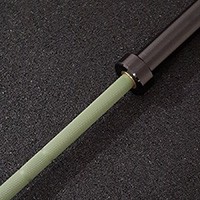
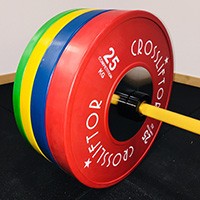
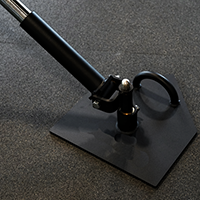
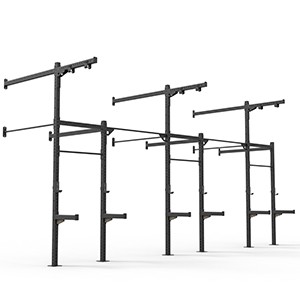
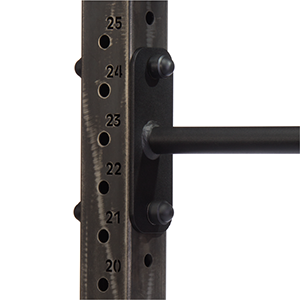
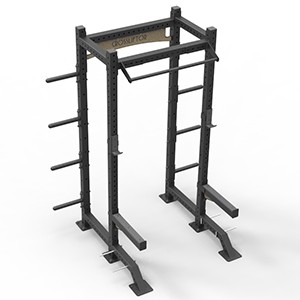
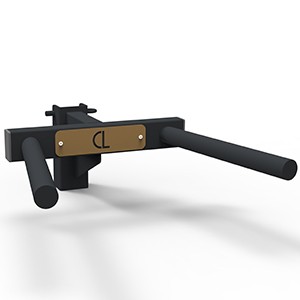
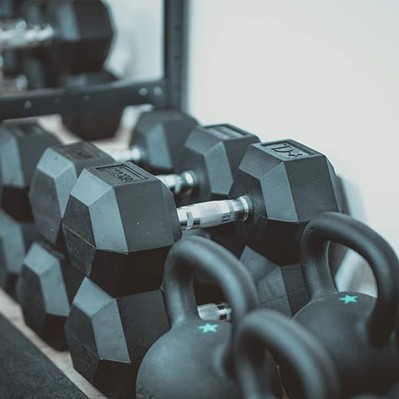
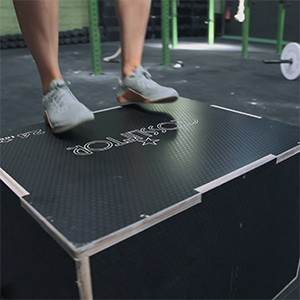
 (1).jpg)
